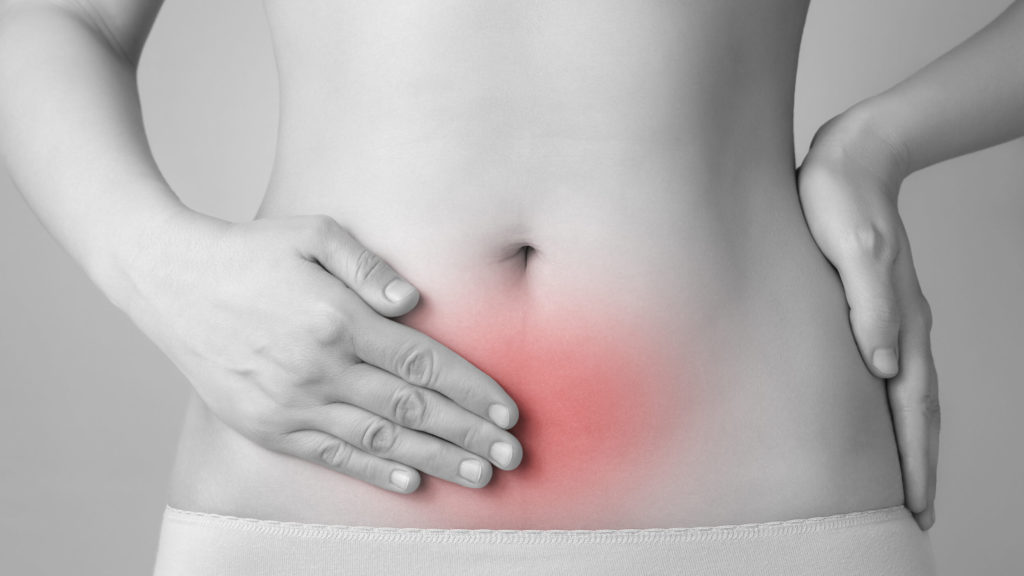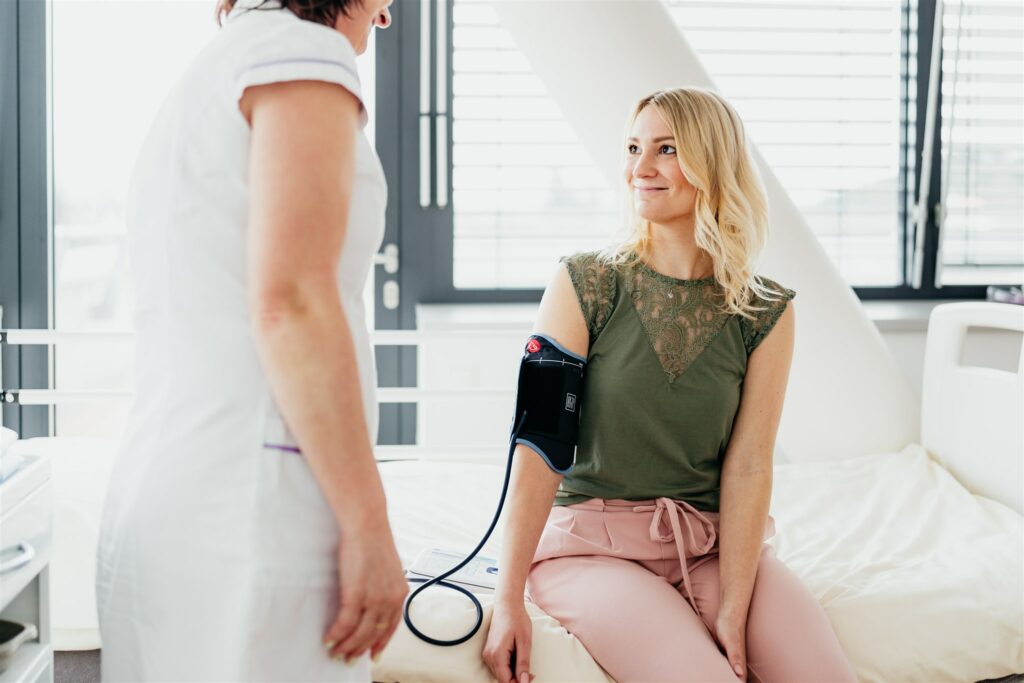Ovarian Hyperstimulation Syndrome (OHSS) is a complication that can occur in women undergoing hormonal stimulation as part of assisted reproduction. However, modern stimulation medications, regular monitoring, and a well-planned treatment strategy can minimize its risks. How does this syndrome manifest, and what are its potential dangers?
What Is OHSS?
Every IVF cycle involves hormonal stimulation, which helps multiple eggs mature in the ovaries—more than would typically develop in a natural cycle. Although a woman’s body experiences its highest hormone levels during pregnancy, and stimulation only causes a small fraction of that increase, some women may have an exaggerated ovarian response.
This excessive reaction to hormonal stimulation is what we call Ovarian Hyperstimulation Syndrome (OHSS). However, if the stimulation process is carefully managed by an experienced professional, the risk remains very low.
Symptoms and Risks of OHSS
The symptoms of OHSS can vary depending on its severity.
- Mild OHSS: Bloating, nausea, and abdominal discomfort.
- Moderate OHSS: Vomiting, diarrhea, rapid weight gain, and abdominal swelling.
- Severe OHSS: Intense abdominal pain, blood clot formation, and impaired liver and kidney function.
It is crucial to choose a clinic that approaches this issue responsibly, carefully monitors the stimulation process, and uses the most advanced stimulation medications. Thanks to these measures, the risk of OHSS is minimal. At our clinic, cases of OHSS are extremely rare, affecting only a fraction of a percent of our patients.
MUDr. Kateřina Veselá, Ph.D., Director of the Clinic
When Does OHSS Most Commonly Occur?
Although it is impossible to predict with certainty whether a woman will develop OHSS, certain risk factors increase the likelihood. Women with polycystic ovaries, a genetic predisposition, those who are very young or underweight, or those who have experienced OHSS in the past are at higher risk.
OHSS most often appears after ovulation-triggering injections or after embryo transfer during an IVF cycle. The first symptoms may develop after an ovulation trigger shot (most commonly an hCG injection) used to mature follicles and release eggs or after embryo transfer if pregnancy occurs.
Treatment and Preventive Measures for OHSS
OHSS is diagnosed using ultrasound and blood tests. Unfortunately, there is no treatment for the underlying cause, so management focuses on relieving symptoms, reducing discomfort, and supporting the body’s proper functioning. The good news is that OHSS resolves on its own over time.
- Mild OHSS usually requires only rest, adequate water intake, and symptom monitoring.
- Moderate to severe OHSS may require medical attention.
The best prevention is a carefully tailored stimulation protocol to minimize excessive ovarian response.While OHSS can be an unpleasant and sometimes serious complication, modern medications and experienced medical professionals can effectively prevent or manage it. If you are concerned about the risk of OHSS or have any questions regarding your treatment plan, do not hesitate to contact our specialists at Repromeda, who will be happy to provide you with the necessary information and support.


